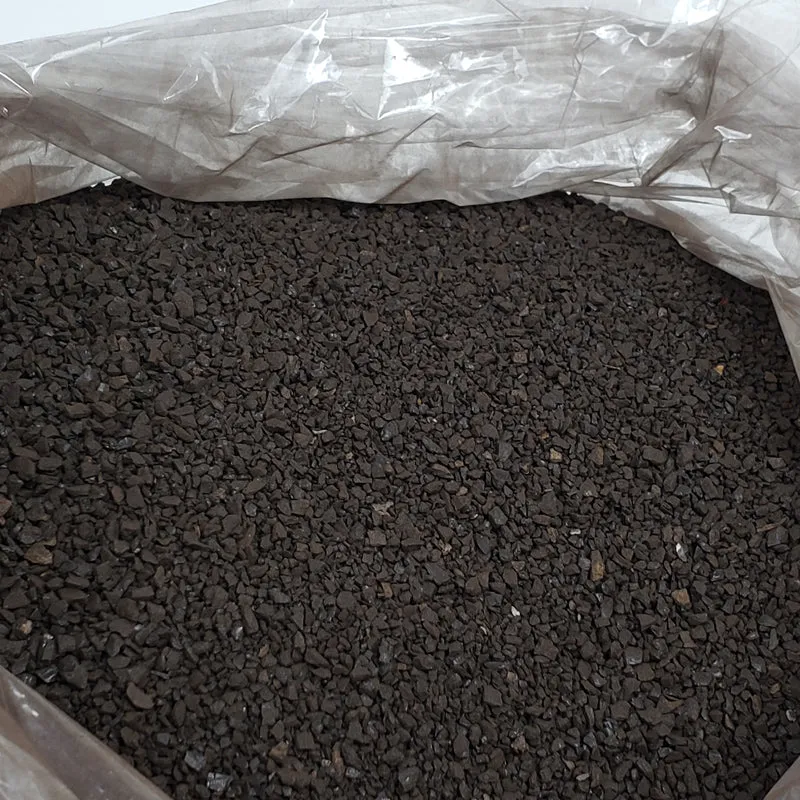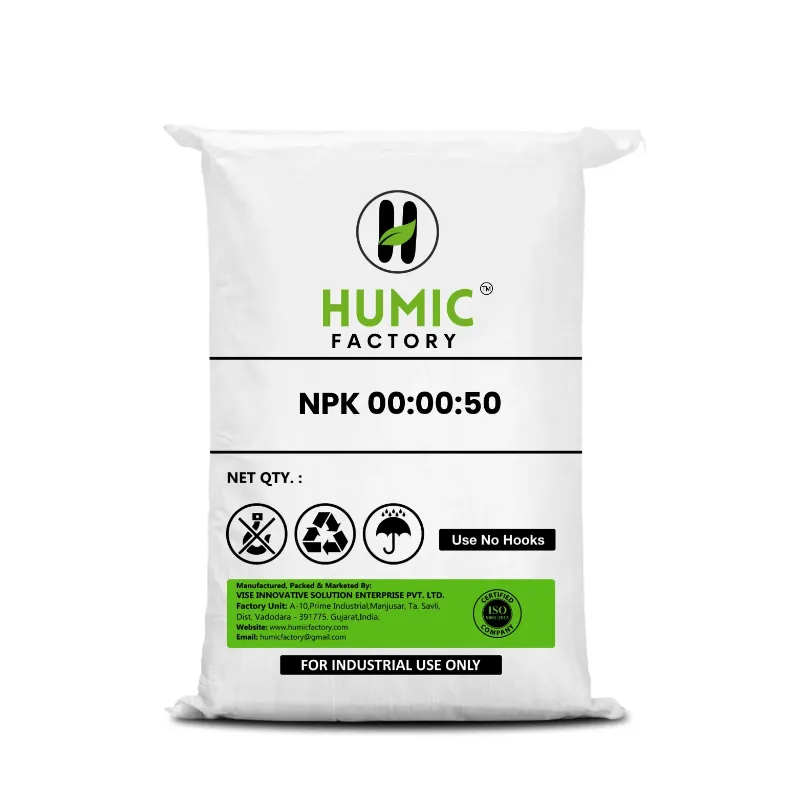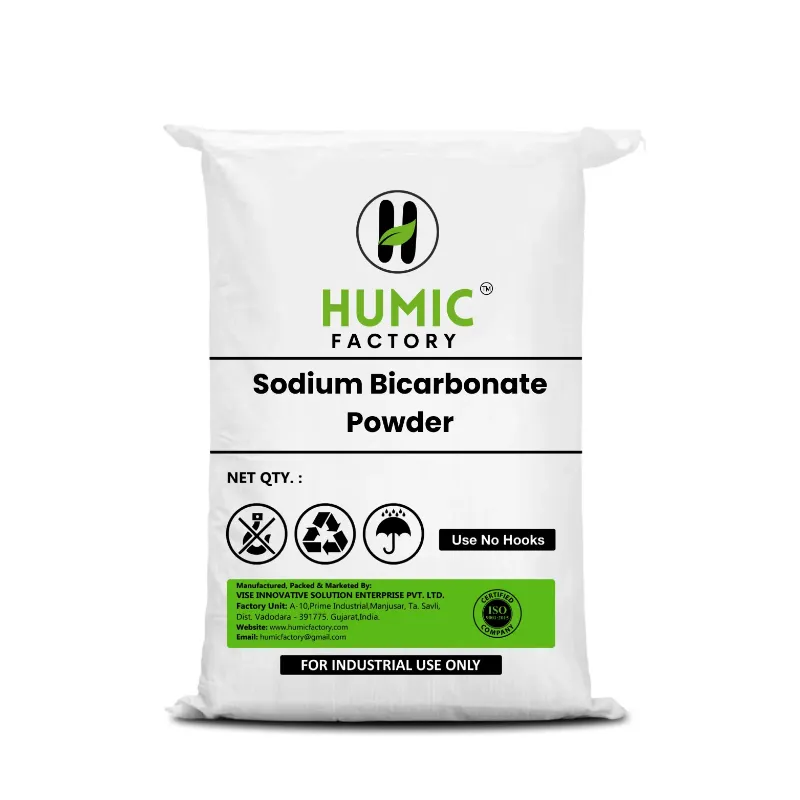While humic acid offers numerous benefits for soil health, plant growth, and agricultural sustainability, there are several environmental considerations and potential drawbacks associated with its use. It is essential to weigh these factors carefully and implement appropriate management practices to mitigate any potential adverse effects. Here are several key environmental considerations and potential drawbacks to using humic acid:
1. Carbon Footprint:
The extraction, processing, and transportation of humic acid products may contribute to greenhouse gas emissions and carbon footprint, especially if energy-intensive extraction methods or long-distance transportation routes are involved. High-energy input processes such as mining, drying, and chemical extraction may increase the environmental footprint associated with humic acid production. However, sustainable extraction methods and local sourcing can help minimize carbon emissions and reduce the environmental impact of humic acid production.
2. Water Quality and Runoff:
Excessive application of humic acid products, especially in liquid form, can lead to runoff and leaching of humic substances into water bodies, potentially affecting water quality and aquatic ecosystems. Humic substances may contribute to the eutrophication of surface waters by increasing nutrient concentrations and promoting algal blooms. Proper application rates, timing, and methods should be followed to minimize the risk of water contamination and runoff associated with humic acid use.
3. Soil Salinity and pH:
Some humic acid products may contain salts or have acidic properties, which can affect soil salinity and pH levels if applied in excessive amounts. High salt concentrations from humic acid products can increase soil salinity over time, leading to soil degradation and reduced plant growth. Additionally, acidic humic acid products may lower soil pH, potentially affecting soil nutrient availability and plant nutrient uptake. Soil testing and proper application practices can help prevent soil salinity and pH issues associated with humic acid use.
4. Potential Contaminants:
Humic acid products derived from natural sources such as leonardite, lignite, peat, or compost may contain trace amounts of contaminants such as heavy metals, pesticides, or pathogens, depending on the source material and production process. While these contaminants are typically present in low concentrations and may not pose significant risks to human health or the environment, it is essential to ensure the quality and safety of humic acid products through proper sourcing, manufacturing, and quality control measures.
5. Effects on Soil Microbial Communities:
Although humic acid can promote beneficial microbial activity in the soil, excessive or improper application may disrupt soil microbial communities and biodiversity. High concentrations of humic acid can have antimicrobial effects on soil microorganisms, potentially reducing microbial diversity and altering soil ecosystem dynamics. It is essential to use humic acid products judiciously and in accordance with recommended application rates to maintain soil microbial health and functionality.
6. Cost and Availability:
Humic acid products may have associated costs, including product purchase, application equipment, and labor expenses, which can impact their affordability and accessibility for some growers, especially small-scale or resource-limited operations. Additionally, the availability of high-quality humic acid products may vary depending on geographical location, market demand, and regulatory factors. Cost-effective sourcing, efficient application methods, and product evaluation can help optimize the use of humic acid while minimizing financial constraints.
7. Regulatory Compliance:
Regulatory requirements and restrictions related to humic acid products may vary across jurisdictions, requiring growers to comply with local regulations and labeling requirements. considerations may include product registration, labeling, safety data sheets, and environmental risk assessments. Growers should ensure that they use humic acid products that comply with applicable regulations and standards to minimize regulatory risks and ensure environmental and human health safety.
8. Long-Term Effects on Soil Health:
While humic acid can improve soil structure, fertility, and productivity in the short term, its long-term effects on soil health and sustainability are not fully understood. Continuous or excessive use of humic acid products over time may lead to soil accumulation of organic matter, alterations in soil microbial communities, and changes in soil physicochemical properties, which could affect long-term soil health and ecosystem functioning. Long-term monitoring and research are needed to assess the sustainability and long-term impacts of humic acid use on soil health and ecosystem resilience.
In summary, while humic acid offers several benefits for soil health, plant growth, and agricultural sustainability, there are environmental considerations and potential drawbacks associated with its use. These include carbon footprint, water quality and runoff, soil salinity and pH, potential contaminants, effects on soil microbial communities, cost and availability, regulatory compliance, and long-term effects on soil health. Growers should carefully evaluate these factors and implement appropriate management practices to maximize the benefits of humic acid while minimizing potential adverse effects on the environment and soil ecosystem.





